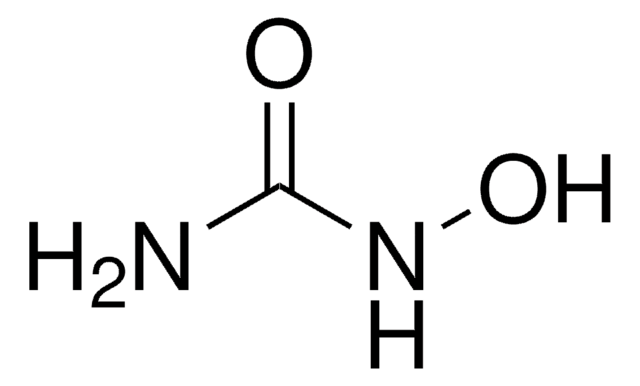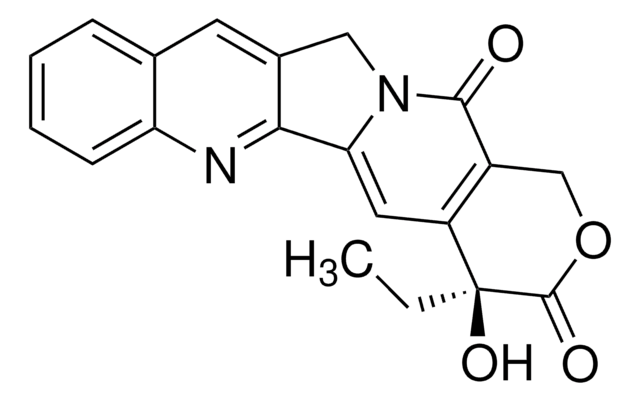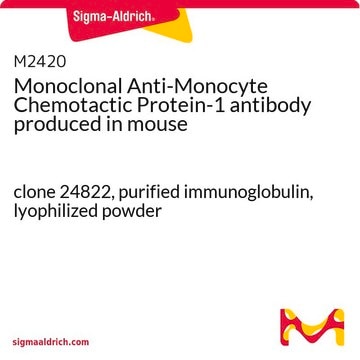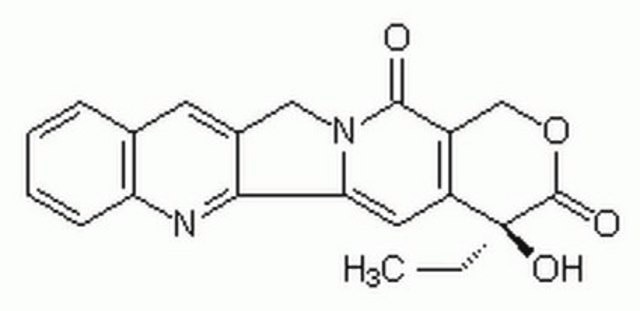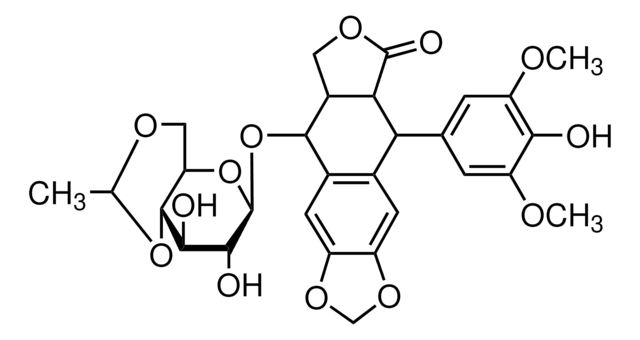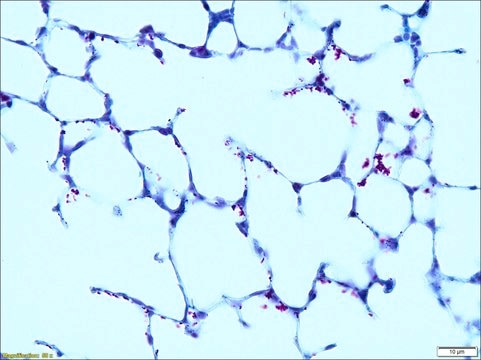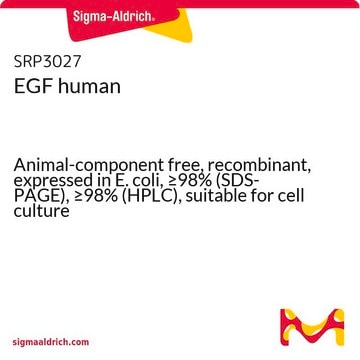E2520
Anti-Epidermal Growth Factor antibody, Mouse monoclonal
clone EGF-10, purified from hybridoma cell culture
Synonym(s):
Anti-CEGF
About This Item
Recommended Products
biological source
mouse
Quality Level
conjugate
unconjugated
antibody form
purified from hybridoma cell culture
antibody product type
primary antibodies
clone
EGF-10, monoclonal
form
buffered aqueous solution
mol wt
antigen 6 kDa
species reactivity
human
technique(s)
dot blot: 0.1 μg/mL using recombinant human EGF
immunohistochemistry (formalin-fixed, paraffin-embedded sections): suitable using human tissue
indirect ELISA: suitable
microarray: suitable
neutralization: suitable
radioimmunoassay: suitable
western blot: suitable
isotype
IgG1
UniProt accession no.
application(s)
research pathology
shipped in
dry ice
storage temp.
−20°C
target post-translational modification
unmodified
Gene Information
human ... EGF(1950)
General description
Specificity
Immunogen
Application
Biochem/physiol Actions
Physical form
Disclaimer
Not finding the right product?
Try our Product Selector Tool.
related product
wgk_germany
WGK 3
flash_point_f
Not applicable
flash_point_c
Not applicable
ppe
Eyeshields, Gloves
Certificates of Analysis (COA)
Search for Certificates of Analysis (COA) by entering the products Lot/Batch Number. Lot and Batch Numbers can be found on a product’s label following the words ‘Lot’ or ‘Batch’.
Already Own This Product?
Find documentation for the products that you have recently purchased in the Document Library.
Articles
EGF Signaling: Tracing Cancer's Path
Our team of scientists has experience in all areas of research including Life Science, Material Science, Chemical Synthesis, Chromatography, Analytical and many others.
Contact Technical Service